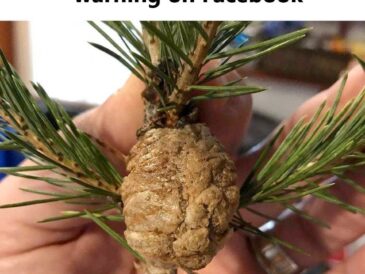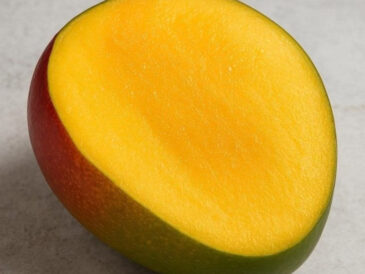Step-by-Step Guide to Prepare and Apply the Orchid-Enhancing Watering Solution
Step 1: Gather Your Materials
- 1 liter of distilled or filtered water
- 1 teaspoon seaweed extract (liquid form)
- ½ teaspoon Epsom salt
- 1 tablespoon fish emulsion fertilizer
- 1 teaspoon liquid humic acid
- 2-3 drops hydrogen peroxide (optional)
Step 2: Mix the Ingredients Thoroughly
In a clean watering can or container, combine the distilled water with seaweed extract, Epsom salt, fish emulsion, and humic acid. Stir or shake gently until all components dissolve evenly.
Step 3: Water Your Orchid Properly
- Check your orchid’s potting medium moisture by sticking your finger about an inch deep.
- If dry, water the orchid slowly with the prepared solution, ensuring the water drains freely from the pot’s bottom to prevent root waterlogging.
- Avoid watering leaves directly; focus on the roots and base of the plant.
- Use this nutrient-rich water once every 7 to 10 days during the active growing season.
Complementary Orchid Care Tips to Maximize Leaf and Flower Health
Light Requirements
Provide bright, indirect sunlight to very leafy orchids to stimulate photosynthesis without burning leaves.
Humidity Levels
Maintain moderate to high humidity (50-70%) to mimic natural tropical environments, promoting healthy leaf texture and flower production.
Temperature Control
Keep daytime temperatures between 70-85°F (21-29°C) and nighttime temperatures around 60-65°F (15-18°C) for optimal growth.
Potting Medium and Repotting
Use orchid-specific bark mixes that provide aeration and drainage. Repot every 1-2 years to refresh medium and prevent root rot.
Pruning and Cleaning
Regularly remove dead or yellow leaves and spent flower spikes to redirect energy toward new growth.
Troubleshooting Common Problems with Very Leafy Orchids
Yellowing Leaves
Causes: Overwatering, nutrient deficiencies, or poor light.
Solution: Adjust watering frequency, check fertilizer balance, increase indirect light.
Leaf Spots or Mold
Causes: Fungal infections from stagnant moisture.
Solution: Improve air circulation, reduce humidity spikes, and use the hydrogen peroxide option in your watering solution.
Wilting or Drooping Leaves
Causes: Underwatering or root damage.
Solution: Ensure proper watering, inspect roots, and trim damaged roots during repotting.
FAQs About Orchid Watering and Leaf Health
Q: Can I use tap water if I don’t have access to distilled water?
A: You can, but it’s recommended to let tap water sit for 24 hours to allow chlorine to evaporate or use a water filter.
Q: How often should I fertilize my orchid?
A: During active growth, fertilize every 2-4 weeks with a balanced orchid fertilizer or use the homemade watering solution weekly.
Q: Can this watering method be used on all orchids?
A: It’s especially effective for leafy orchids but generally safe for most epiphytic orchids.
Final Thoughts: Unlock the Full Potential of Your Very Leafy Orchid with Proper Watering
Transforming your very leafy orchid into an extraordinary specimen requires more than just occasional watering. By understanding the plant’s specific needs and adopting this specialized, nutrient-rich watering solution, you provide your orchid with the tools it needs to thrive—resulting in leaves that are thicker, greener, and more vibrant, and flowers that are fuller and more colorful.
This method respects the delicate balance between hydration, nutrition, and environmental conditions, ensuring your orchid’s roots breathe, leaves flourish, and blooms amaze.
Start today by preparing your own orchid-enhancing water and watch your leafy orchid become ten times more beautiful. The joy of nurturing such a plant is matched only by the stunning display it rewards you with.




